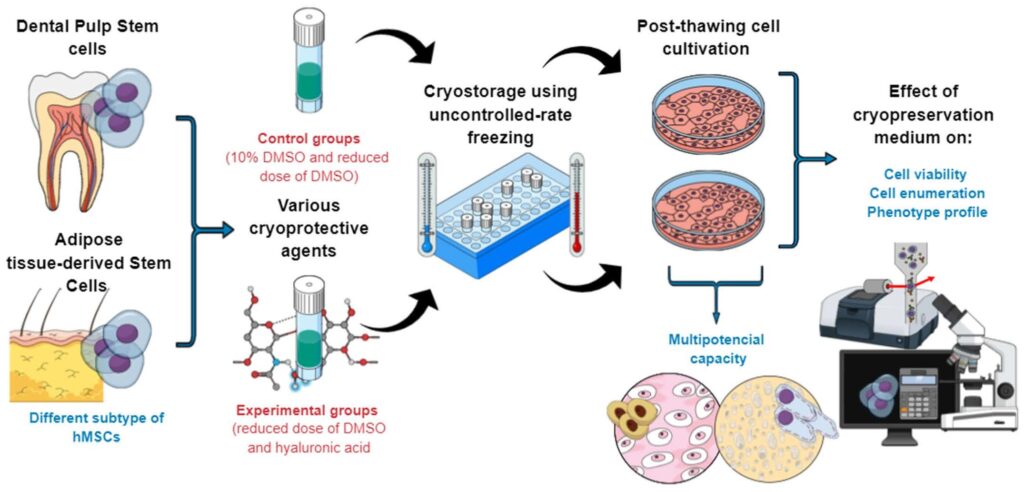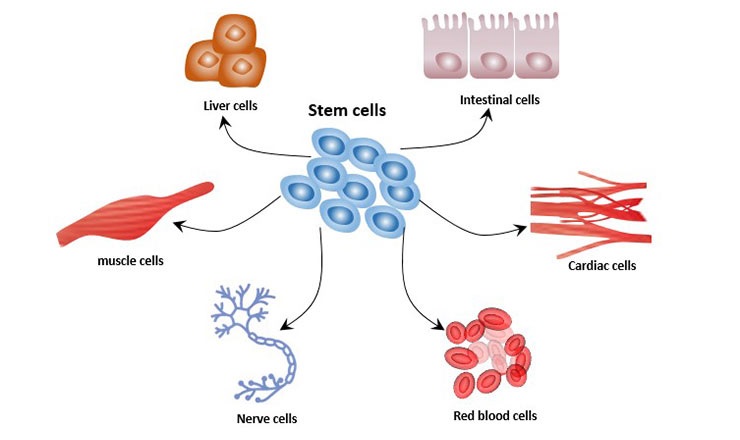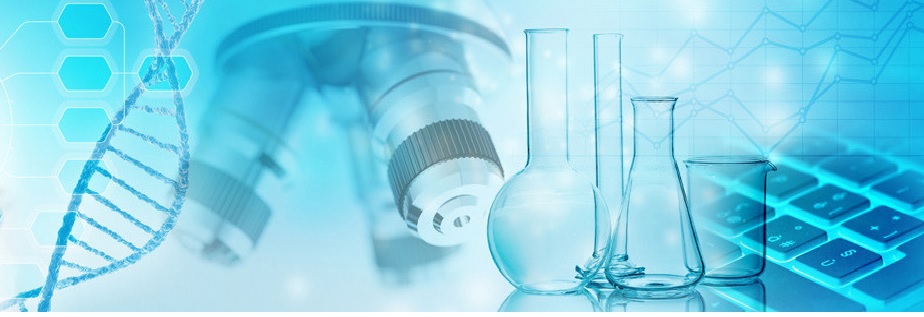Stem cell therapy, also known as regenerative medicine, promotes the reparative response of diseased, dysfunctional, or injured tissue using stem cells
Extraction process
involves isolating stem cells from the chosen source. Post extraction, the cells are cultivated in a controlled environment to increase their numbers. They are then transfused, or transplanted, into the patient’s body to replace damaged cells or to stimulate the body’s own repair mechanisms.

*Source from beikecelltherapy and precedenceresearch
The global stem cell market size was valued at USD 9.6 billion in 2020 and is expected to grow in the coming years.
Applications of Stem Cell Therapy
Stem cell therapy, hailed as the future of medicine, holds immense promise in treating a range of diseases, including neurodegenerative disorders, spinal cord injuries, diabetes, heart diseases, cancers, etc. These cells, unique in their ability to self-renew and differentiate into other cell types, can replace damaged cells, thereby aiding in the treatment of these diseases.

*Source from beikecelltherapy and precedenceresearch
Stem cells play a critical role in the body’s healing process. Their regenerative capabilities allow them to replace damaged or diseased cells, restoring the normal function of the affected area. This ability has been leveraged by scientists to develop innovative treatments for previously incurable conditions.

